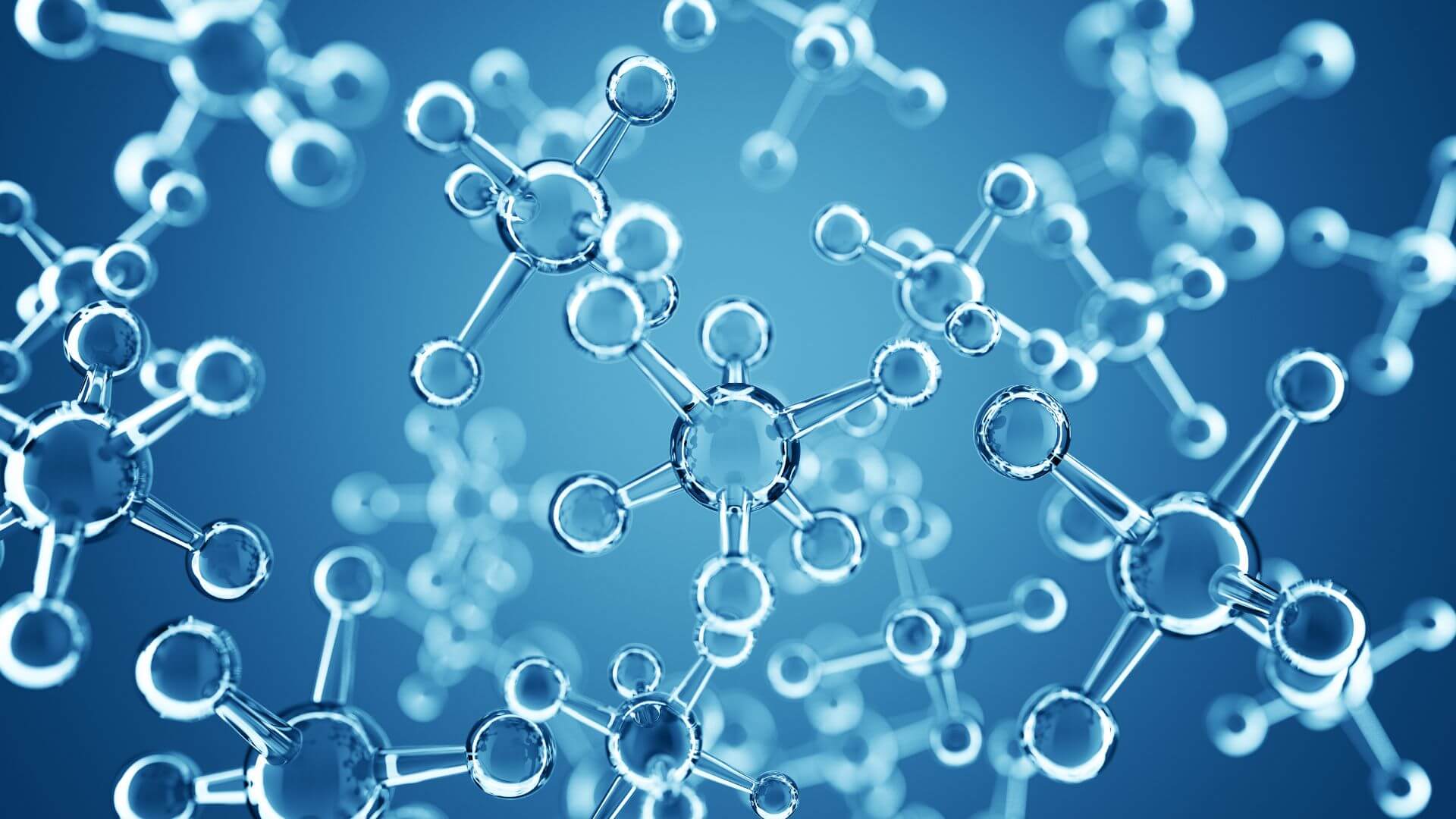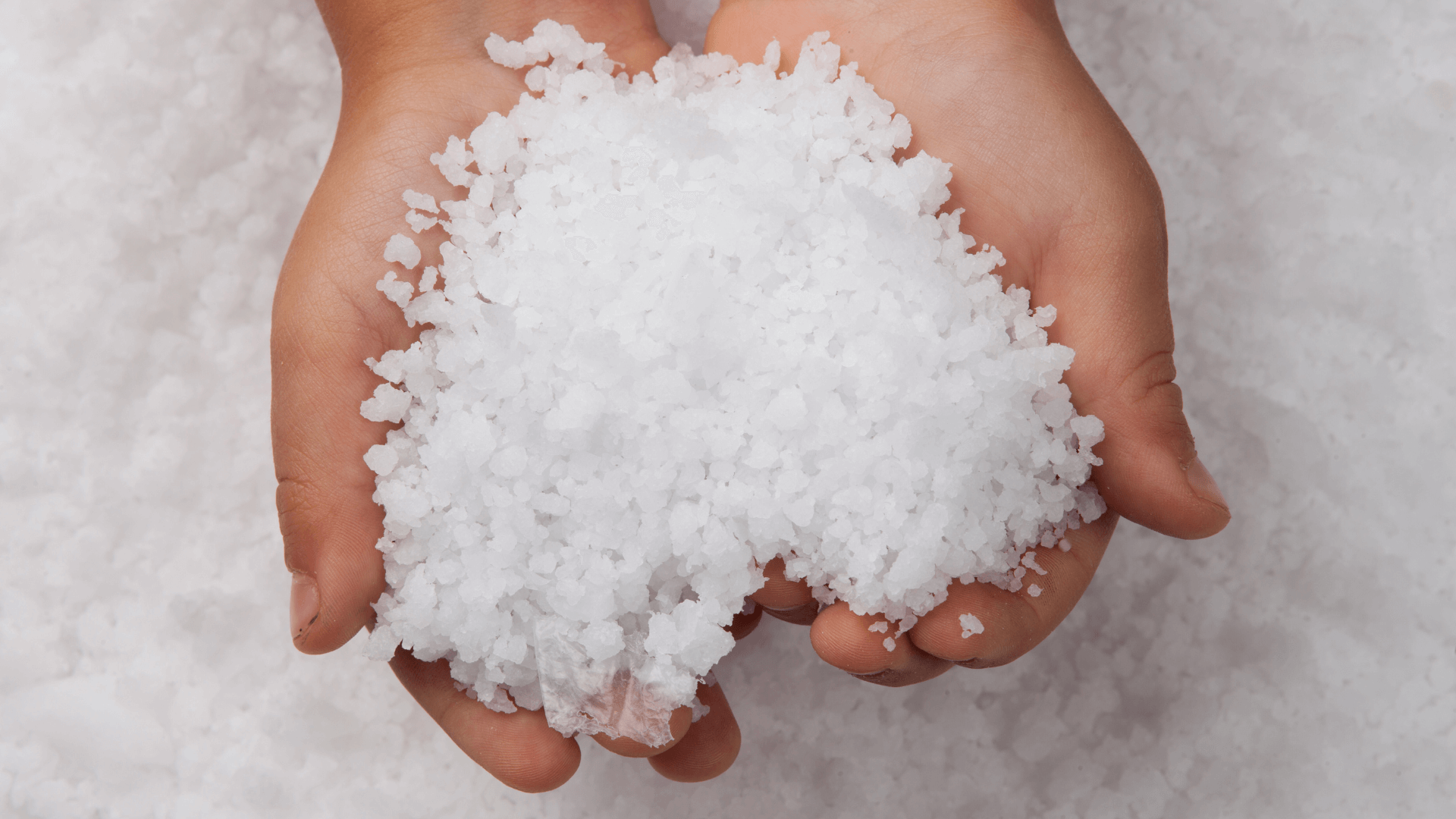Comparison: Plastic vs. Metal – Differences, Similarities, Advantages & Disadvantages
Metals and plastics are two essential material categories used across various industries and applications, from consumer goods manufacturing to the production of technical components.

Sarah Guaglianone
4. Juni 2025

Contents
In this article, we highlight the differences, similarities, advantages, and disadvantages of the two materials in these applications.
Structure and Composition of Plastic and Metal
Metals have been a cornerstone of industrial development since the Industrial Revolution, finding widespread use in sectors such as automotive manufacturing, mechanical engineering, and energy production. Metals offer several advantages for enclosures, mechanical components, and technical parts, including:
- High strength
- Heat resistance
- Aesthetic appeal
Metals consist of metallic elements with a crystalline structure. This arrangement allows them to maintain high strength and toughness. The atoms in metals form a structured lattice, leading to high density and electrical conductivity.

Plastics: Versatility and Lightweight Properties
The development and use of plastics began in the 19th century, but their widespread adoption occurred in the 1950s. Plastics emerged as a cost-effective alternative to materials like metal, glass, and wood, becoming the preferred choice in industries such as construction, automotive, packaging, and electronics. The key advantages of plastics include:
- High moldability
- Lightweight properties
- Electrical insulation
- Corrosion resistance
Plastics are composed of long molecular chains known as polymers, which can have linear, branched, or cross-linked structures. When heated, these polymers become highly moldable and can be shaped into virtually any form. Once cooled, they solidify, gaining their structural integrity.
There are two main types of plastics:
- Thermosets
- Thermoplastics
Thermosets can only be moulded into a specific shape once, whereas thermoplastics can be moulded several times within certain limits. This property enables plastic thermoforming, in which plastic sheets or rolls are moulded into a different shape using pressure and heat.
What properties does plastic have compared to metal?
Metals and plastics have a range of properties that make them interesting for numerous applications.
Flexibility and mouldability - a benefit for plastics
The mouldability of materials is important for many applications for several reasons. These include design flexibility in product design, manufacturability in mass production and the possibility of repairs and maintenance.
The properties mentioned above make plastics extremely flexible and mouldable in principle. They can be easily heated and formed into almost any desired shape using various processes such as thermoforming, blow moulding or injection moulding, which enables a wide variety of designs. Plastics are often more flexible and adaptable in terms of mouldability and require less energy-intensive processes.
Metals are generally formed by casting/injection moulding and brought into the desired shape by bending, pressing and edging, as well as machining (turning/milling), punching and welding. However, the moulding of metals can take more energy and time than with plastics. The interaction of these processes can be less flexible and more complex to mould a metal part into the desired shape. The complexity can increase manufacturing costs and limit design possibilities.
Strength and durability - a benefit for metal
Components made from different materials should, in principle, be able to withstand the loads to which they are exposed and be as durable and efficient as possible.
Depending on the type, plastics offer good strength and durability. They can be manufactured to have certain mechanical properties, such as
- impact resistance
- rigidity
- or flexibility.
However, plastics are generally more susceptible to scratches and wear and tear compared to metals.
Metals are known for their high strength, hardness and ductility. They can bear heavy loads without breaking and are therefore widely used in applications such as construction, the automotive industry and aerospace. Metals can withstand extreme temperatures of up to 500 degrees. This makes metals ideal for applications that require a robust and durable solution.
Advantages of plastics compared to metal
So what is the reason that plastic has replaced metal as a material in many applications in recent decades? In these aspects, plastics have numerous advantages over metals:

Shock-absorbing properties
In general, plastics have better shock absorption properties than metals, making them ideal for shock-absorbing applications such as protective covers, bumpers, protective covers and packaging materials.
Noise insulation
Plastics have an improved noise-insulating effect compared to metals and can therefore effectively help to reduce noise in buildings, vehicles and machines, such as machine covers and tractor covers.
Chemical and corrosion resistance
Plastics are more resistant to many corrosive environments than metals. As a rule, they do not react with water, acids and alkalis, making them ideal for use in damp environments and chemical processes.
Electrical insulation capability
Plastics offer good electrical insulation properties. Examples of applications include ESD workpiece carriers, ESD transport packaging and electronic plastic housings. In general, metals have a very low electrical insulation capacity compared to non-conductive materials such as plastic. Metals conduct electrical current, which is why they are not suitable as shielding in the form of enclosures.
Heat insulation capability
Plastics can be good thermal insulators, especially when compared to metals. The thermal conductivity of plastics is generally much lower than that of metals, which means that they conduct heat more slowly through their volume. This makes plastics effective thermal insulators in many applications, such as construction, the food/packaging industry, the electronics industry and the automotive industry.
Cost

Plastics often have lower costs than metals, both in terms of material costs and manufacturing costs. Metals are produced by melting and moulding metal ores, followed by various processing methods such as casting, forging and rolling.
These processes often require high temperatures, a corresponding amount of energy and special equipment, which increases the manufacturing costs in contrast to plastics. Plastics, on the other hand, can be produced in large quantities at comparatively favourable prices.
In terms of cost, the weight reduction of plastics is also an advantage, as less energy is required both during transport and storage and when used as a moving component in a machine. This leads to cost savings.
Environmental impact and recycling
Although plastic and metal can be recycled, the recycling of metals requires the use of high temperatures and therefore a very high energy input. In contrast, plastic can be shredded and reused as recyclate.

Comparison of plastic vs. metal - an overview
| Properties of | Metals | plastics |
|---|---|---|
| Structure | Crystalline | Polymer (linear, branched or cross-linked structure) |
| Production costs | High | Low |
| Energy expenditure | High | Low |
| Design possibilities | Medium | High |
| Longevity | High | High |
| Corrosion resistance | Susceptible | Resistant |
| Strength | High | Medium |
| Stiffness | High | Medium |
| Ductility | High | Variable |
| weight | Heavy | Light |
| Electrical conductivity | Conductive | Electrical insulator |
| Heat resistance | High | Medium |
| Thermal conductivity | High | Low to medium |
| Thermal insulation | Low | High |
| Manufacturing process | Melting, casting, forging, rolling | Polymerisation, injection moulding, extrusion, thermoforming |
| Environmental impact | Extraction and processing require energy and can cause environmental damage | Plastics can be further processed as recyclate, but are not biodegradable |
Comparison of plastic vs. metal - a conclusion
The choice between plastics and metals ultimately depends on the specific requirements of the application, including design requirements, functionality and cost. Both plastics and metals have specific strengths and weaknesses, and the right choice is made by carefully weighing up the various factors.
For a more cost-effective production with the possibility of numerous design options, plastic is more suitable than metal. We will be happy to advise you! Get in touch with formary to clarify any questions you may have, for example on the use of bioplastics in thermoforming.